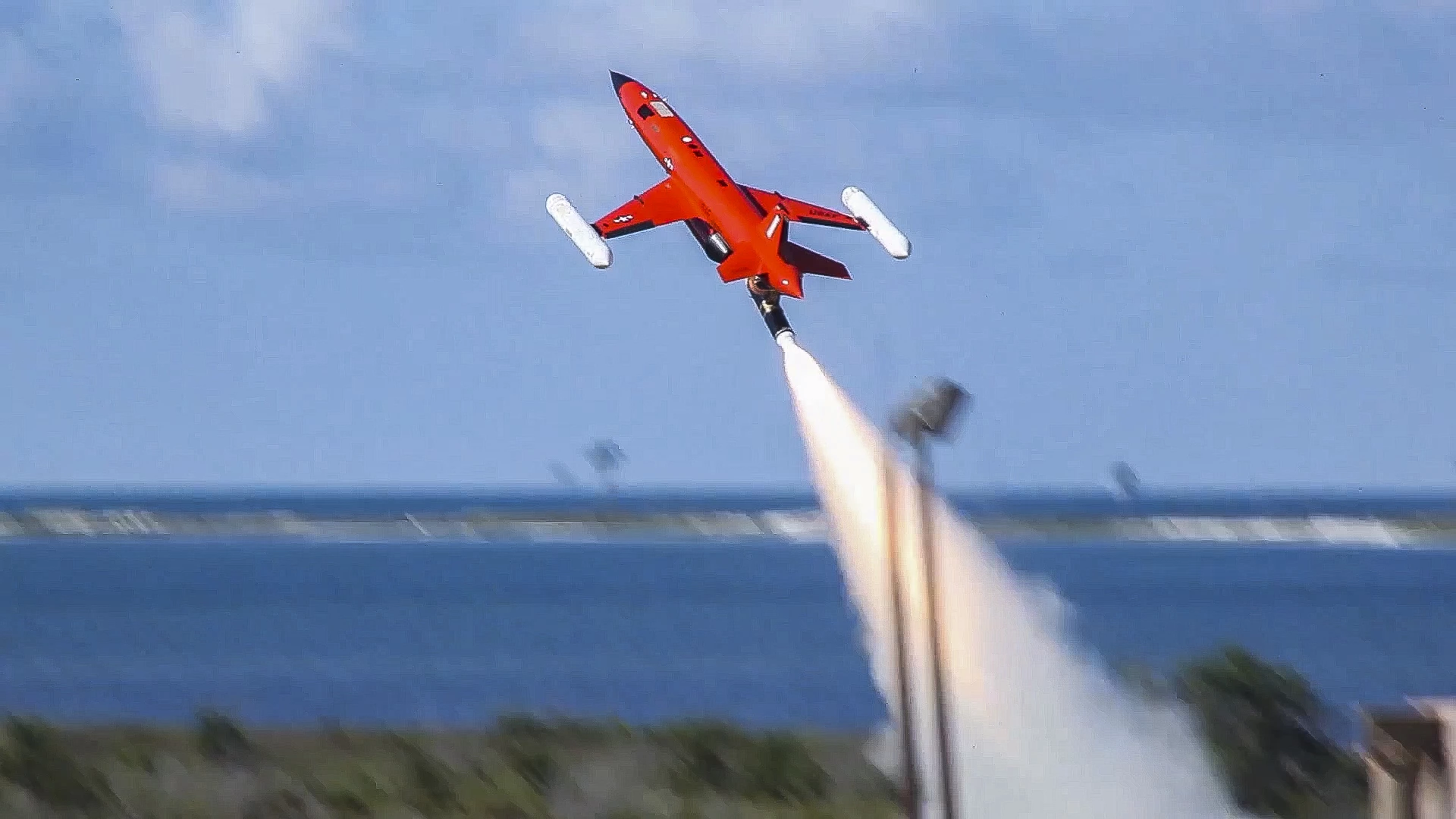Defense company Kratos has announced that it will show two low-cost combat drones at the Paris Air Show next week, offering an insight as to what military conflicts might look like in the foreseeable future – a manned combat jet leading dozens of 1,000 km/h lethally-armed unmanned companions.
The Kratos XQ-222 Valkyrie and UTAP-22 Mako drones offer fighter-like performance at between US$2 and $3 million apiece, compared with $100 million for each manned fighter. The Valkrie and Mako will initially function as wingmen to manned aircraft in combat, but they are the most likely key component of the first military unmanned combat swarms.
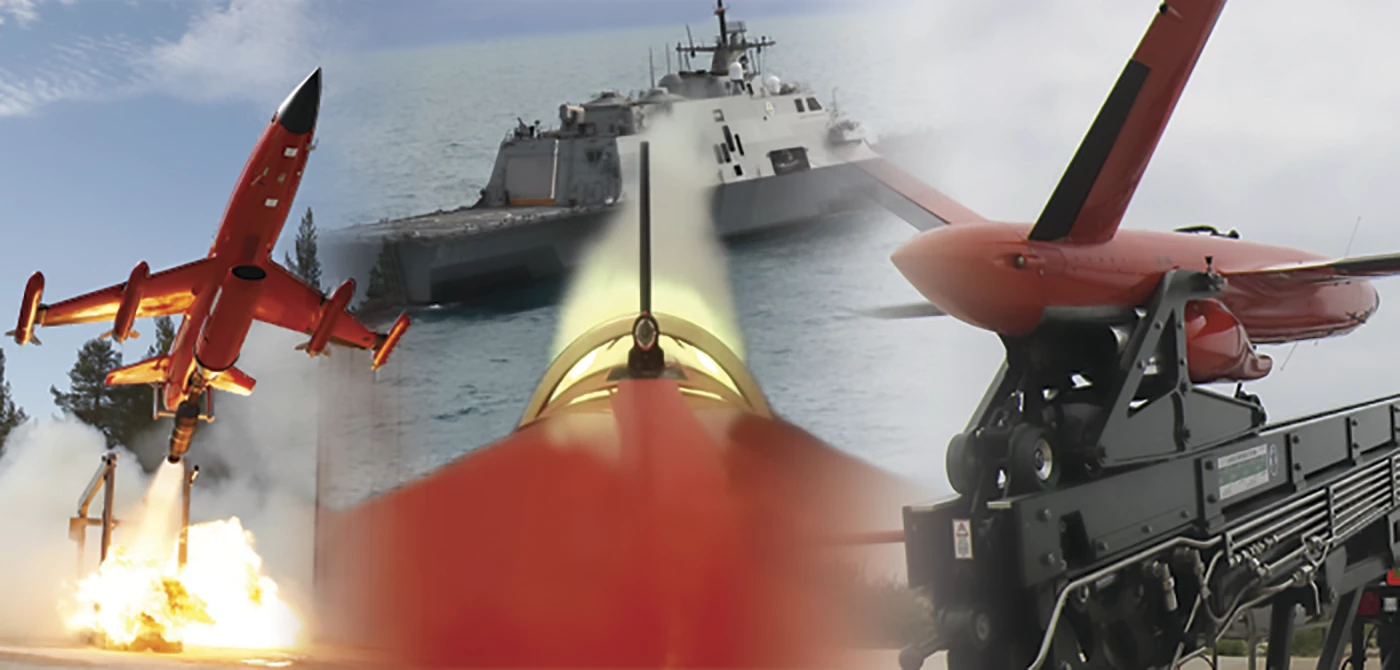
Kratos is a very large defense company headquartered in San Diego, California with expertise in satellite communications, cyber security and cyber warfare, microwave electronics, missile defense and combat systems, but the most visible product from the company has been it's target drones.
Until recently, Kratos has been best known as a supplier of these unmanned, low cost military target drones that are used to test the efficacy of the US military's far more costly offensive firepower. That's one taking off below.

The company has developed these target drones to be easily launched, mimic the performance and evasive tactics of enemy combatant aircraft, and to do so very cost-effectively ... because the ultimate destiny of a target is to be shot down. Target drones that are not shot down land by parachute and can be reused.
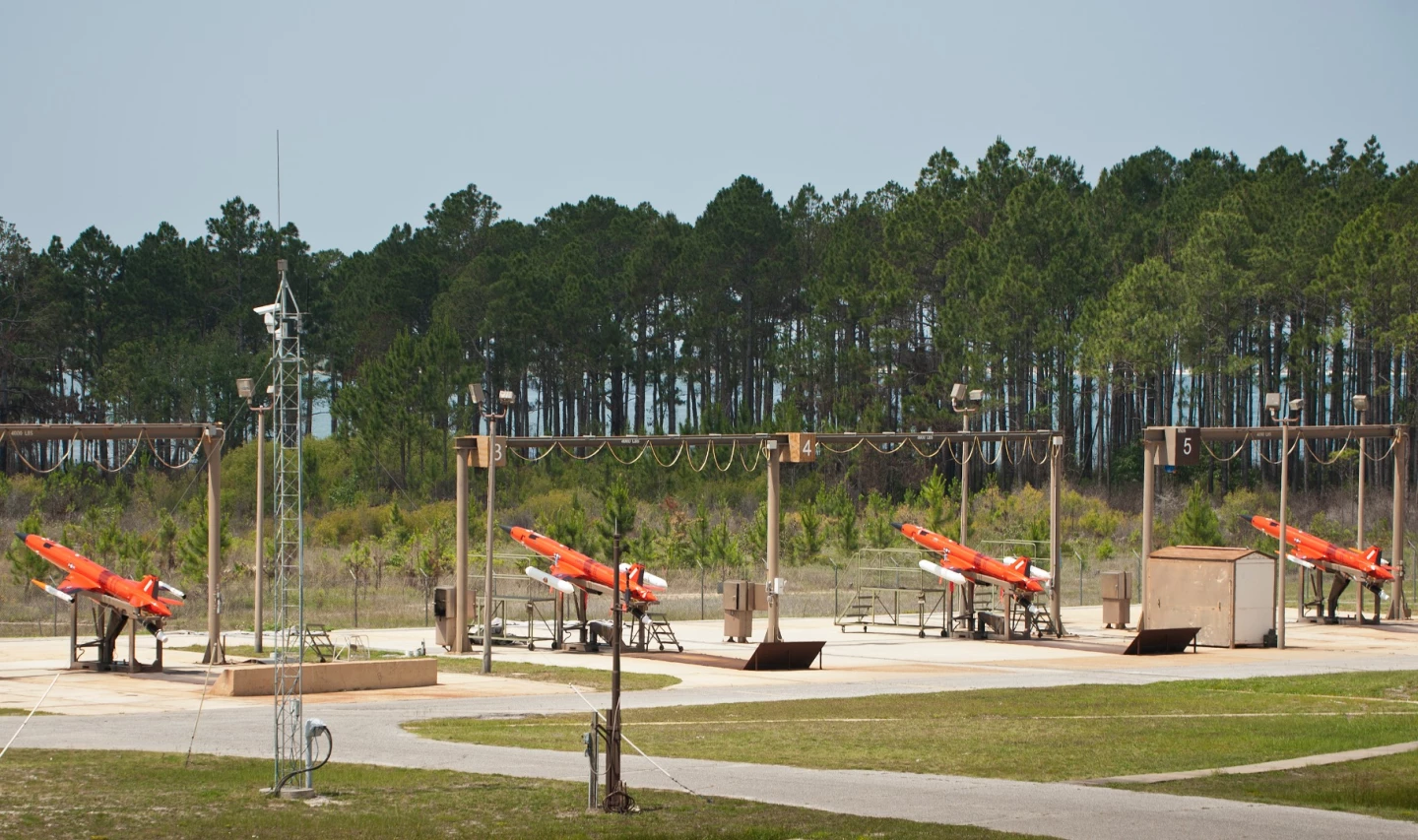
Hence the target drones have developed similar performance to their front-line brethren without proportional cost, and this focus on cost-effective performance added to the Kratos capability portfolio.
"Thanks to our target drone expertise and our in-house research and development team, we have been able to combine high performance with low cost in fully functioning aircraft. And we did it in less than two years, not decades", says Eric Demarco, Kratos CEO.
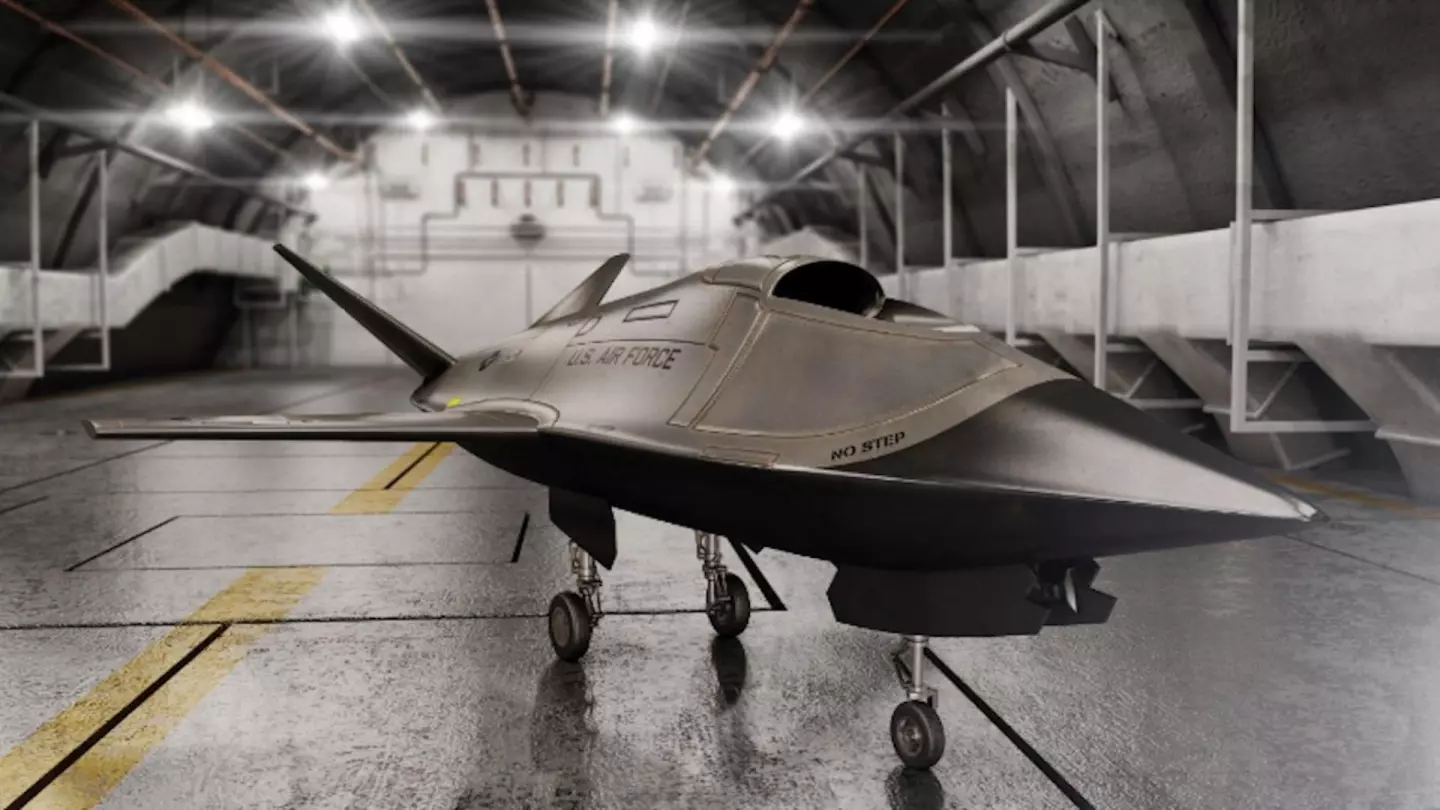
With the forseeable horizon for air warfare more than likely involving swarms of drones, the United States Air Force is beginning to actively move towards this new paradigm with it's Low Cost Attritable Aircraft Technology (LCAAT) program.
Attritable doesn't quite mean disposable, but expendable if necessary. Hence the drones might be used to shield the manned aircraft nominally controlling the swarm, and take risks that manned planes and very expensive Unmanned Systems cannot.
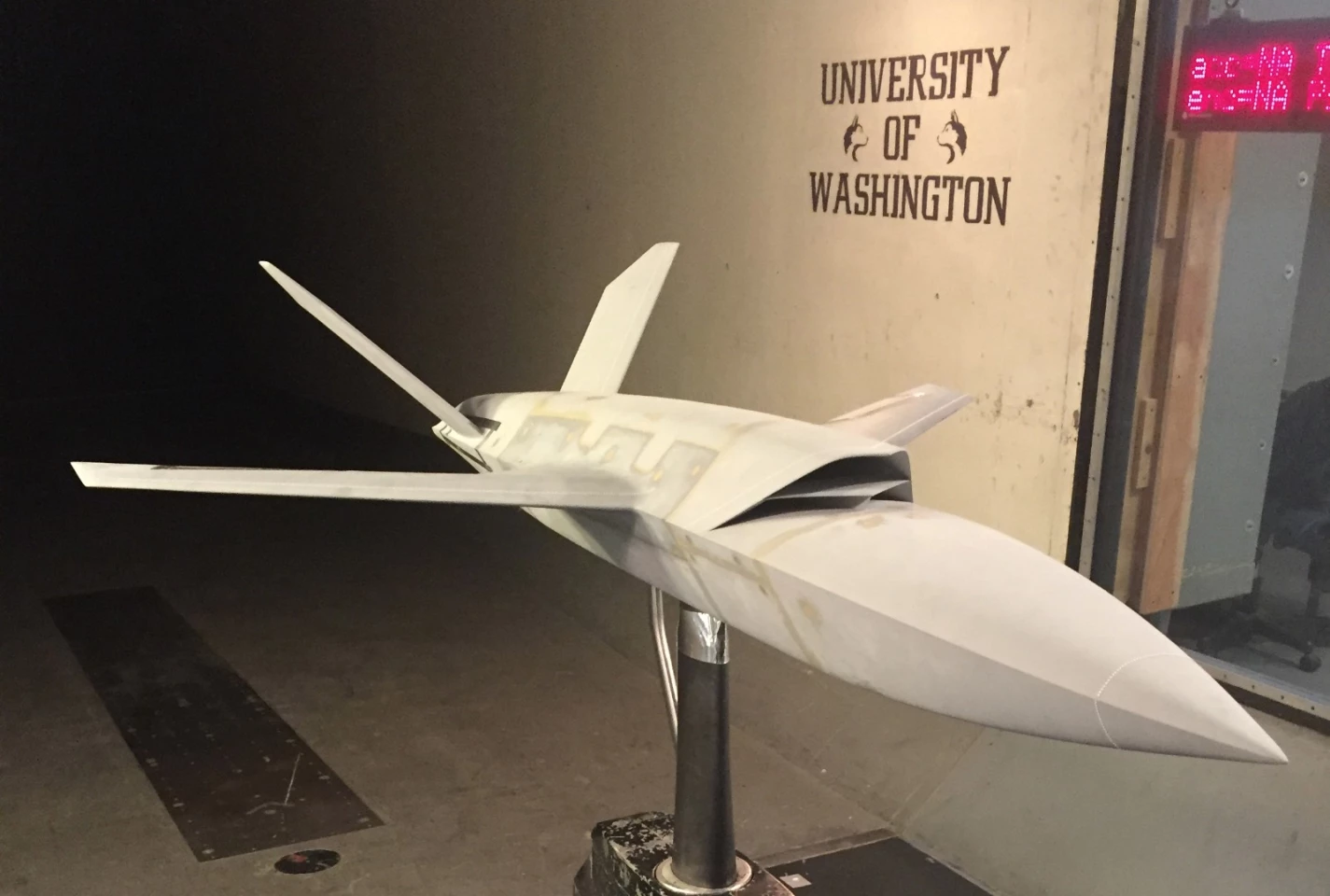
The aim of the LCAAT program was to create a subsonic aircraft for under $3 million, not including the cost of the mission systems it would carry ... and Kratos won the initial contract, beating out a star-studded field.
As the Kratos 20-ft (6-m) and 29-ft (8.8-m) drones can be deployed at a cost in the $2 million to $3 million price range, and a manned F-35 costs $120 million, the opportunity is now there to field swarms to support manned aircraft, or more likely be tasked with specific missions within a swarm.
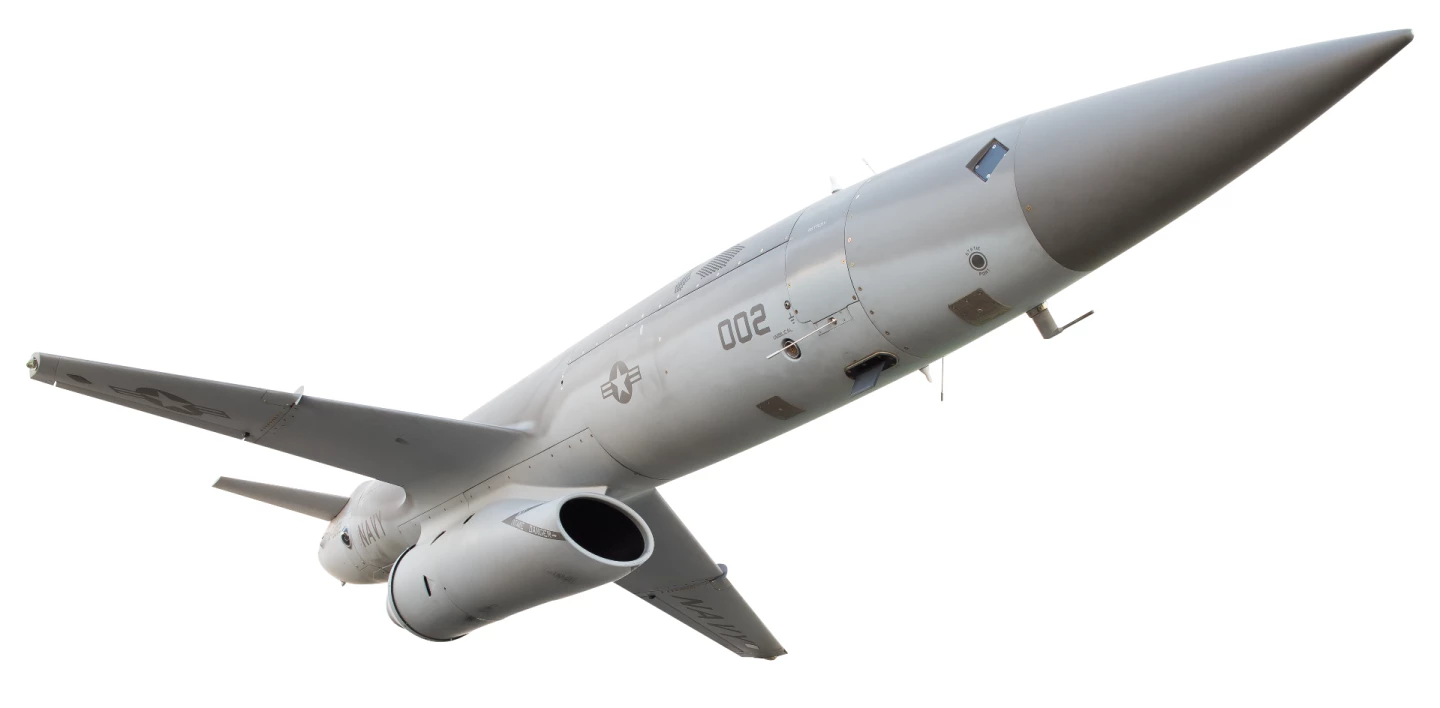
The smaller Mako with its 10-ft (3-m) wingspan is the faster of the two at 0.91 Mach (1,125 km/h), while the 22-ft (6.7-m)-wingspan Valkyrie is slightly slower at 0.85 Mach (1,050 km/h). Both drones can operate independently in combat and both have considerable range, with the Mako capable of flying to 50,000 ft and covering 1,400 naut mi (2,600 km) and the XQ-222 Valkyrie (below) capable of 45,000 ft and 1,850 naut mi (3,425 km).

"If you team up a bunch of these aircraft with an F-35 or an F-22, or some of our surveillance assets, you'd basically be able to cover more space at a lower cost point," Bill Baron of the United States Air Force Research Laboratories told the Dayton Daily News last month. "In a lot of cases, we don't have enough airplanes and as you look to the future, most likely our fleet sizes are going to continue to be more limited so this is a way to provide a force multiplier."
The Mako is already being partnered with manned aircraft in flight trials, and given the aircraft's acclaimed "payload versatility", the military will no doubt be exploring fully what the low-cost alternative might be able to deliver. The Valkyrie is scheduled for first flight in the first half of 2018.
Kratos claims the Mako and Valkyrie "represent an entirely new category of UAV" and it is an entirely reasonable claim – these low-cost combat aircraft will most likely be on the front line when the first combat drone swarms form up a few years from now, and the American arsenal of 10,000 unmanned aerial vehicles will likely grow with the advent of the Mako and Valkyrie. Competition can be expected to be fierce from the established aerospace companies and this category of aircraft can be expected to grow in capability too.
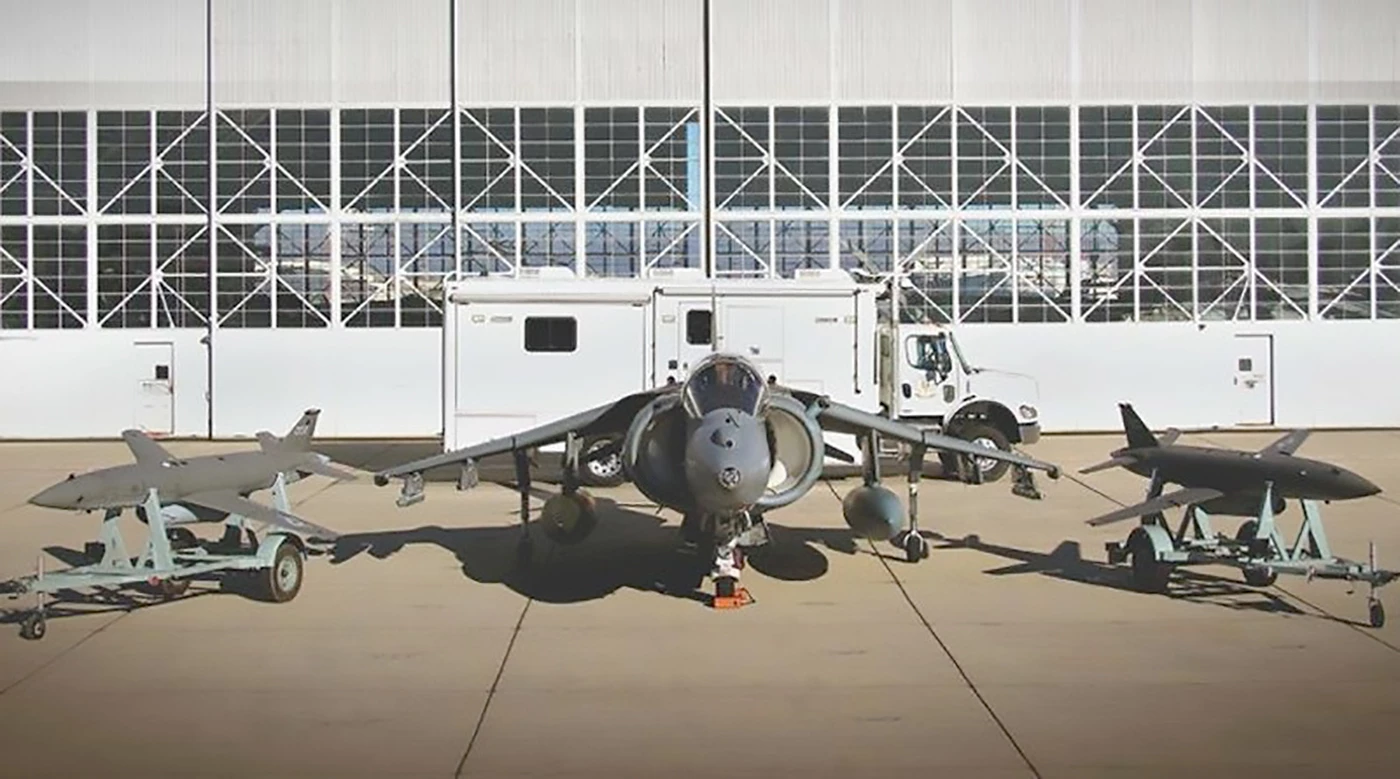
It's a fascinating scenario given that Chinese military drones are already being sold on international markets that are very similar to America's current premier drones, the MQ-1 Predator and MQ-9 Reaper. The Chinese CASC CH-4 (China Aerospace Science and Technology Corporation's Clever Hawk 4) UAV is very similar to the MQ-9, which has a "fly away" cost of $17 million, whereas the CH-4 sells for $1.8 to $2 million. A Chinese company, DJI, also manufactures the lion's share of the 3,000,000 commercial and personal drones that will ship this year.
With the current rate of progress in this unmanned domain, it is unlikely that any force-multiplying capability will remain unmatched for long, and any American swarm might meet equal if not greater numbers of drones wherever a fight occurs, burning money at 10 times the rate of an adversary.
It is a complex web we weave. History has shown that all game-changing military technologies were quickly added to both sides of every battlefield. The technological escalation underway as the humble drone threatens to dominate the battlefield is both fascinating and frightening to watch.
Source: Kratos





